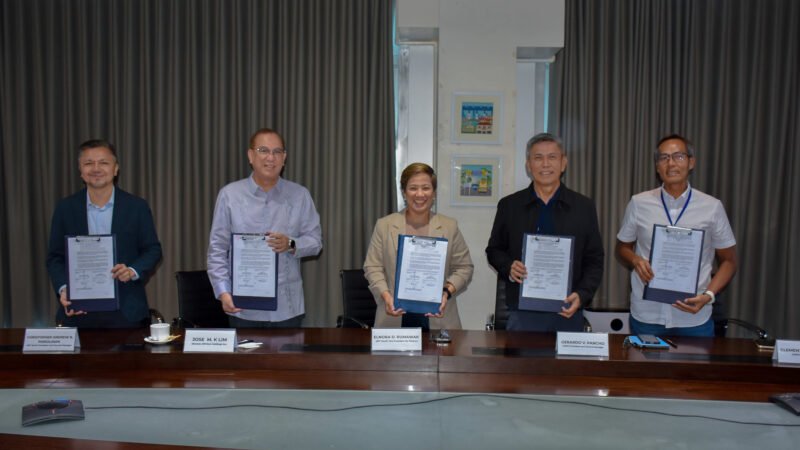The Impact of Policy Changes on Immigration Timelines

Immigration processes have always been a complex and evolving system; however, recent policy changes in the United States have introduced even more unpredictability to the timeline. The impact of policy changes on immigration timelines has become a frequent concern for individuals and families awaiting approval for visas, residency, or other immigration cases. Discover the factors driving these changes and receive valuable guidance on navigating this complex process.
Shifts in Policy and Changing Priorities
A nation’s immigration policy is often shaped by its political climate, economic goals, and international relations. When governments shift priorities, this inevitably affects the processing times for immigration applications. For example, greater emphasis on stricter border control or policies favoring highly skilled labor may divert resources from general immigration processing to focus on these areas.
Similarly, policy shifts aimed at limiting family-based immigration can leave those cases lingering in extended queues, which causes delays. These changes create a domino effect, impacting the flow and pace of approvals and leaving countless families in limbo.
Administrative and Procedural Changes
Immigration agencies periodically update their administrative practices, introducing new rules or procedural steps. While these updates may aim to increase transparency or adapt to a changing landscape, they often have unintended consequences on the overall timeline of applications. For example, the introduction of additional background checks or stricter documentation reviews can add months to the standard waiting period.
For applicants and sponsors facing such delays, understanding how to handle immigration delays becomes pivotal. This may involve monitoring policy announcements, seeking assistance from legal experts, or exploring alternative immigration pathways while awaiting a decision.
External Factors Influencing Timelines
Beyond policy and procedural adjustments, external factors also play a notable role in extending immigration timelines. Global events, such as pandemics, geopolitical conflicts, and economic downturns, strain immigration resources, leading to delays unrelated to any particular application.
Even technological updates, such as transitions to new digital systems, briefly disrupt the application process while agencies work out inefficiencies. Applicants must remain adaptable and stay informed about the internal policies of immigration systems and the global influences that may affect their timelines.
Building Strategies for Uncertainty
While the complexities of immigration are rarely easy to handle, there are actionable steps applicants can take to mitigate the stress caused by delays. Frequently checking application statuses, maintaining clear communication with immigration offices, and consulting experienced immigration attorneys can ease the anxiety of navigating the unpredictable landscape.
Additionally, understanding the impact of policy changes on immigration timelines sets realistic expectations and provides clarity about the origins of such challenges. Navigating the immigration process requires patience and preparation, but with the right strategies, individuals and families can stay ahead of delays and unpredictability.
- Key Features of Modern Access Control Systems - September 11, 2025
- Features That Do and Don’t Matter in Today’s Car Market - August 25, 2025
- 4 Effective Strategies To Prevent Facility Emergency Repairs - August 24, 2025



